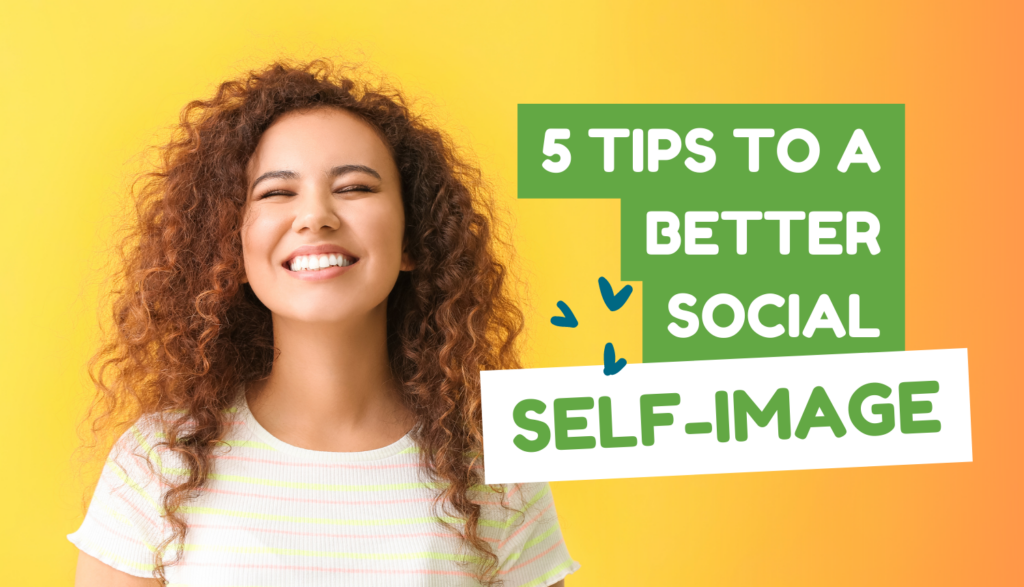A lot of pretty people populate your social media feeds. I mean, yeah, common sense tells you that all those folks must have to have their frizzy haired, imperfect days, too. But your brain can’t help but tell you that you must be a particularly unsightly mess, especially when you compare their gorgeous smiles and six-pack abs to your self-conscious wince and one-pack tummy.
Studies have shown that a lot of people—particularly teens and young adults—who use social media feel anxious and depressed over how they match up to the world at large. And a new study recently published by the American Psychological Association not only reinforced that fact but suggested that a cutback in someone’s time online could significantly improve how they felt about their overall appearance.
Researchers found their way to that conclusion by recruiting a few hundred social media users between the ages of 17 and 24 who had all experienced symptoms of anxiety and depression. Then they asked half of the group to cut back their social media use to 60 minutes a day while the other half (who averaged three hours of social media use a day) had no restrictions. The research team gave the participants surveys at the beginning and the end of the test period. After just a few weeks, the group that cut back social media usage reported some solid improvements in self-image and mood.
That kinda makes sense, even without a study, right? But if you’re a person hooked on your Instagram, TikTok and Snapchat feeds, it’s not so easy to do anything about it. And if you’re a parent who’s trying to coax your teens to cut back, that’s an even steeper hill to climb.
So, what can you do?
Well, here are five things that family members can talk about and think about for a good step-by-step process toward a healthier, happier sense of self.
1. Track your time and turn off notifications.
If you’re even thinking about cutting back, you can start by tracking exactly how much time you’re spending on your various social apps. The iPhone, for instance, has a screen time tracker that lets you know how much time you spend. And once you get an idea of how much time you’re investing (or wasting), it’s easier to determine how much of it is healthy. Then, if you turn off any on-screen notifications, you’ll have one less tap on your shoulder dragging you back to your phone and back to that app.
2. Look at your social media feed and cut back on things that make you feel bad.
All those ready-for-their-close-up people on Instagram and TikTok desperately want you to ooh and ahh over them. And the app algorithms are going to push those pretty images because, well, sex appeal sells. So unfollow the things and people that make you feel uncomfortable or muggly. You can and should manage your feed and turn away from things you don’t feel good about.
3. Give yourself a break.
If you’re going to try and whittle your social app time down, think about starting with a one-day-per-week break from all devices. Just unplugging and giving your brain a break for a single day can make a difference that you’ll likely feel right away. Sure, your brain will tell you that you’re missing out with your friend connections. But if you explain your reasons to your buds, they’ll understand. Frankly, more and more people are giving a day-a-week break period a try.
4. Choose wisely!
Whether you cut back for a day or an hour, you’re going to end up with a bit more time on your hands when you’re not swiping or tapping. So, figure out what you can do instead. Take a walk. Climb a tree. Play some ball. What do you enjoy? What are you good at? There’s nothing like a little positive reinforcement to help you step back from a constant stream of eye candy.
5. Connect with like-minded souls.
Another healthy choice you can make—on and off screens—is to connect with others you have things in common with. Sometimes that can mean getting together with a friend. Face-to-face time can be pretty sweet when you get used to it again. Or find new friends—people who share your interests and beliefs or challenge you to think more deeply is positive reinforcement. And if the main point of connection happens to be online, so be it: Someone who shares your goals or inspires you with creative ideas makes for a far healthier connection than some filtered image that brings you down.
Yes, studies have shown that cutting back on social media can be a net positive. But, of course, the real goal is to make whatever time you spend online as happy and healthy as you can. And you have the power.





One Response
-Another good tip is to eat a healthy diet, drink lots of water, exercise and make sure you get plenty of sleep!